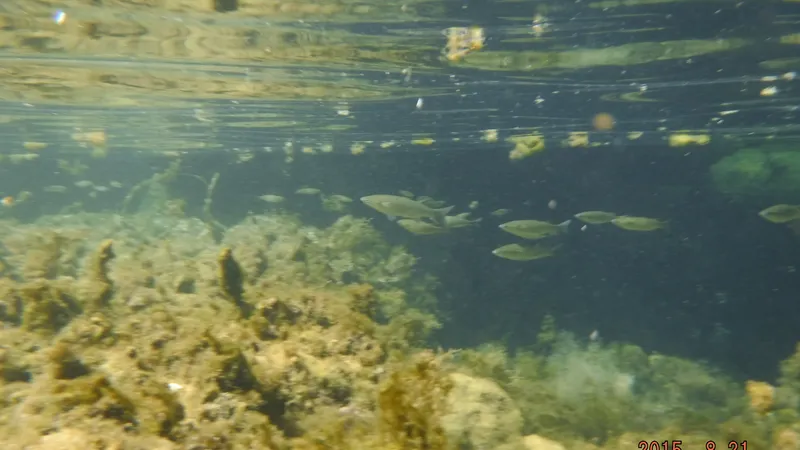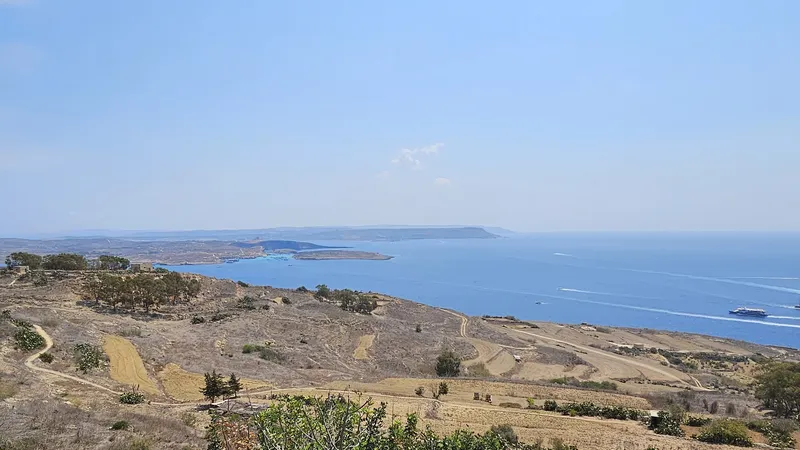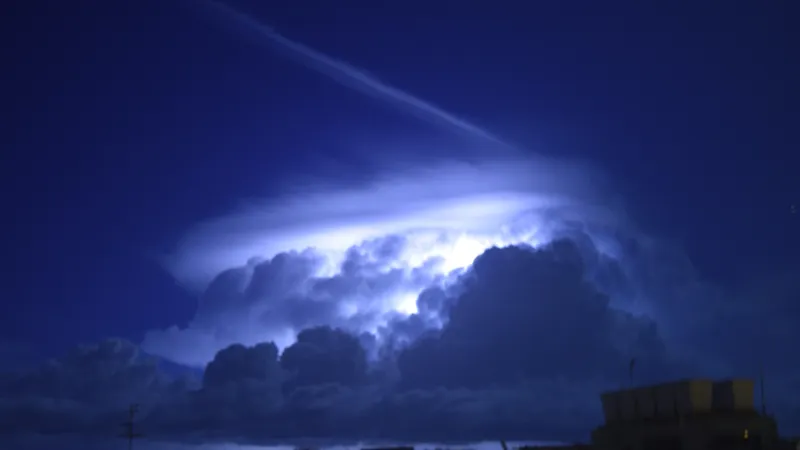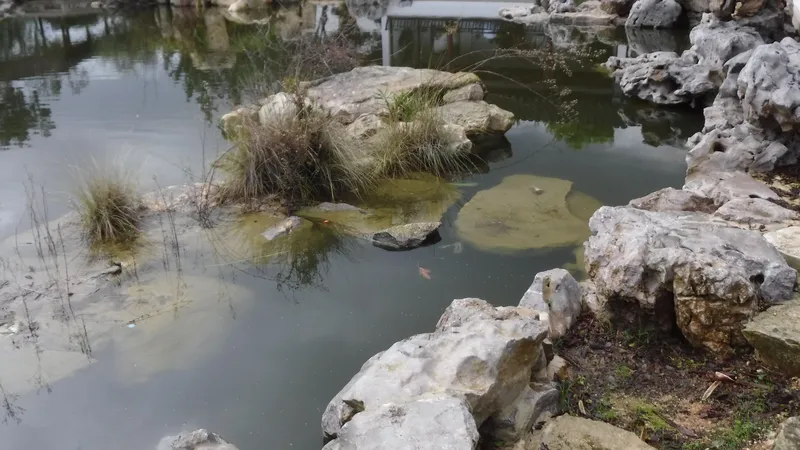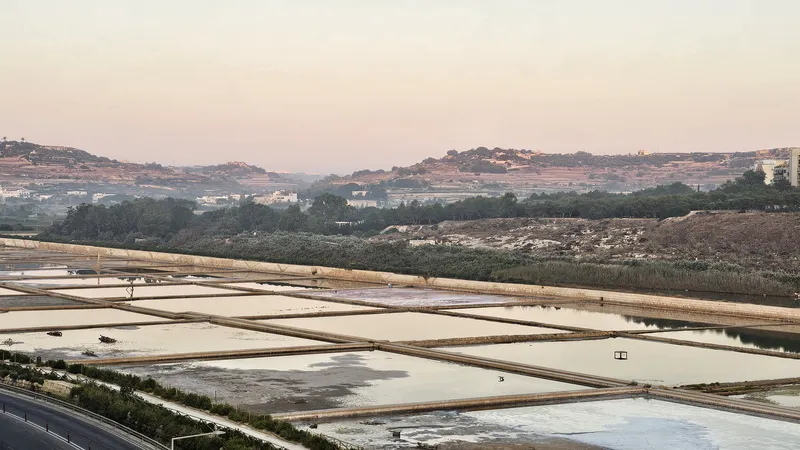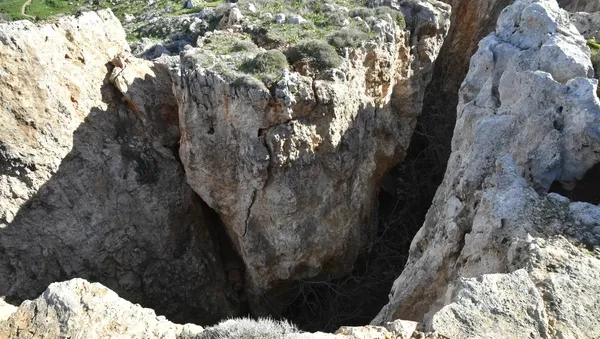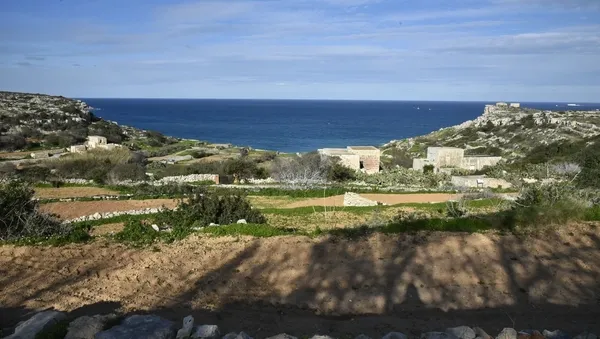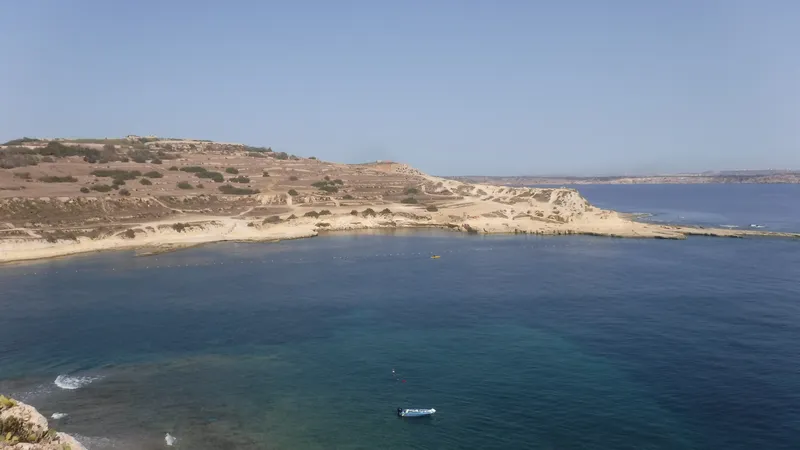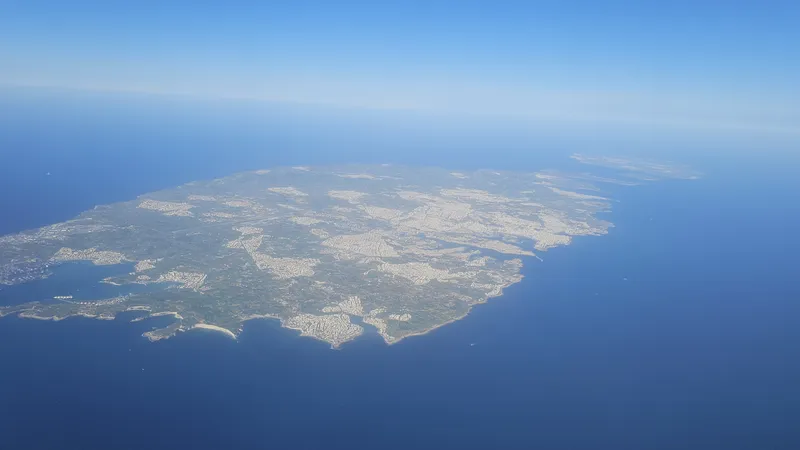Urban Environment
Urban Structure and Development Patterns
Challenges Facing the Urban Environment
Sustainability and Urban Planning Efforts
Tourism and the Urban Environment
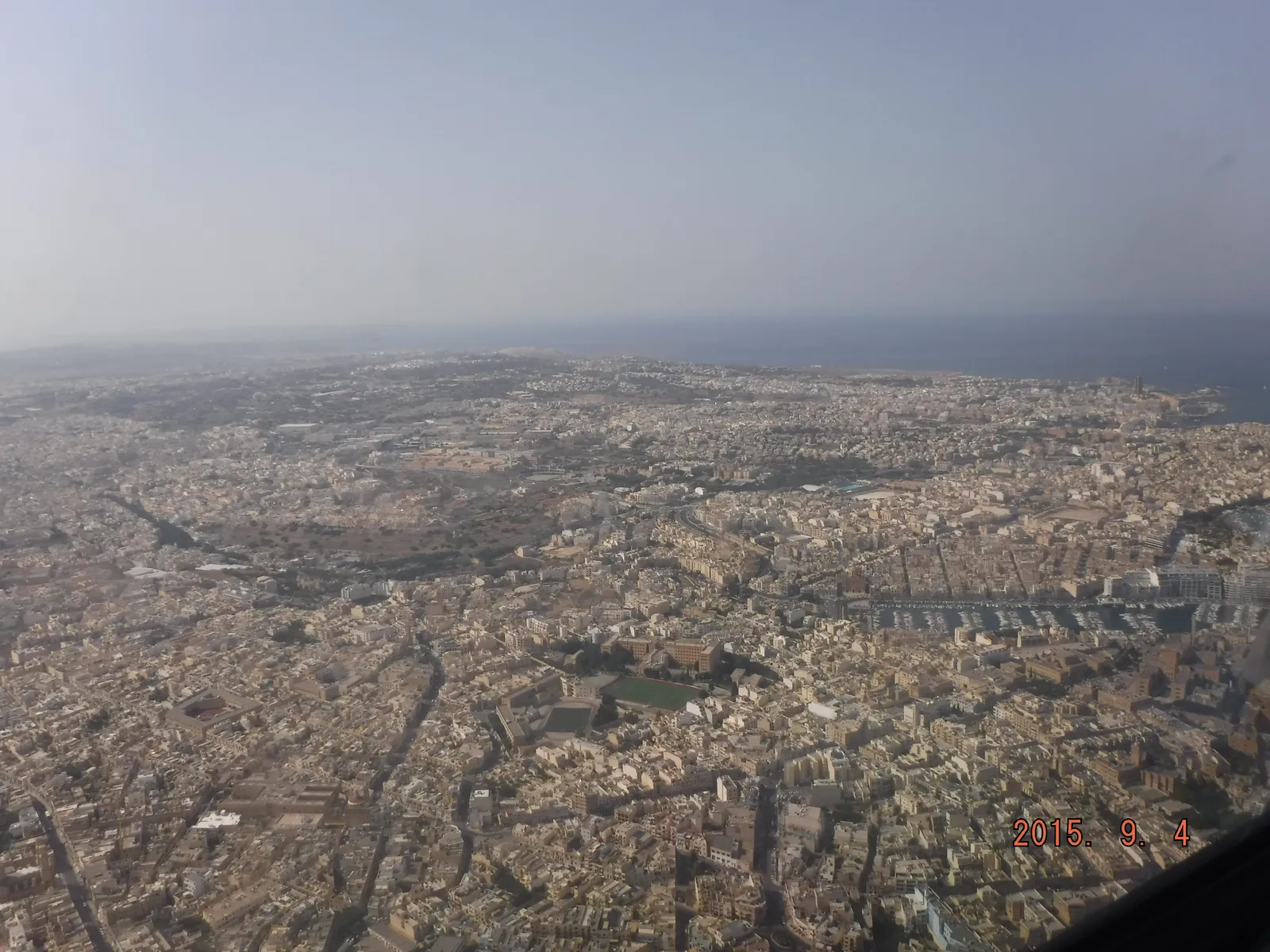
Aeriel view of Malta from the South. Copyright © 2025 Stephen Yardley
The urban environment of the Maltese Islands is a complex and evolving landscape shaped by centuries of history and recent decades of rapid development. While urbanization has brought economic growth and improved living standards, it has also posed serious environmental and social challenges. Sustainable urban planning, investment in green infrastructure, and the preservation of cultural heritage are essential to ensuring that Malta’s urban areas remain vibrant, livable, and resilient.
Environments
Indepth reading, follow the links:
The urban environment of the Maltese Islands is highly developed and densely populated, with most of the population concentrated in towns and cities along the northeastern coast. Rapid urban expansion, driven by economic growth and tourism, has led to increased construction, traffic congestion, and pressure on infrastructure and green spaces.
This dense development poses environmental challenges such as air and noise pollution, loss of open land, and strain on resources like water and energy. Efforts are underway to promote sustainable urban planning through improved public transport, green building practices, and the preservation of cultural and natural heritage. Balancing development with environmental protection is key to ensuring a livable urban future for Malta.
Urban Structure and Development Patterns
The Maltese Islands have undergone significant urbanization, especially since the mid-20th century. Urban areas such as Valletta, Sliema, Birkirkara, Mosta, and St. Julian’s have grown into a continuous urban belt stretching along the northeastern coast of Malta. Valletta, the capital city and a UNESCO World Heritage Site, stands as a historical and administrative core, while nearby towns serve as commercial and residential hubs.
The majority of urban development in Malta is low-rise but densely packed, with terraced housing and apartment blocks dominating the landscape. In recent years, however, there has been a shift toward high-rise developments, especially in areas like St. Julian’s and Gżira, which cater to both local demand and tourism-related investments.
Challenges Facing the Urban Environment
The rapid pace of urbanization has brought with it a host of environmental and social challenges:
- Overdevelopment and Land Use Pressure
The scarcity of land has led to the encroachment of urban expansion into rural and natural areas, reducing green space and agricultural land. Continuous construction activity has transformed large parts of the islands and altered natural landscapes. - Traffic Congestion and Air Pollution
Malta has one of the highest car ownership rates in Europe, resulting in frequent traffic congestion and significant air and noise pollution in urban centers. Dependence on private vehicles undermines sustainable mobility and contributes to emissions. - Waste Management
Urban density increases the volume of household and commercial waste. Although recycling efforts have improved, illegal dumping and inadequate waste separation remain problems. - Infrastructure Strain
Public infrastructure, including roads, sewage systems, and public transport, faces continuous strain due to population growth, tourism, and increasing development. - Loss of Cultural and Architectural Heritage
In some urban areas, modern development has replaced traditional buildings, threatening the islands’ architectural character and cultural identity.
Sustainability and Urban Planning Efforts
Recognizing these challenges, Malta has taken several steps to make urban development more sustainable:
- The Strategic Plan for Environment and Development (SPED) provides a national framework to guide land use, balancing development with environmental protection.
- Urban greening projects aim to increase tree planting, restore public gardens, and create more open spaces to improve urban quality of life.
- The shift toward public transport investment, including initiatives like electric buses and park-and-ride systems, seeks to reduce reliance on private cars.
- Sustainable construction regulations encourage energy-efficient buildings and responsible design practices.
- Rehabilitation of old town centers, such as in Valletta and Birgu, helps preserve cultural heritage while revitalizing urban life.
Tourism and the Urban Environment
Tourism is a major driver of urban activity in Malta. While it contributes significantly to the economy, it also intensifies pressures on infrastructure, public spaces, and housing availability. The rise in short-term rentals and boutique hotels in urban areas has led to higher property prices and a shift in residential dynamics, particularly in historical cities like Valletta and Mdina.
